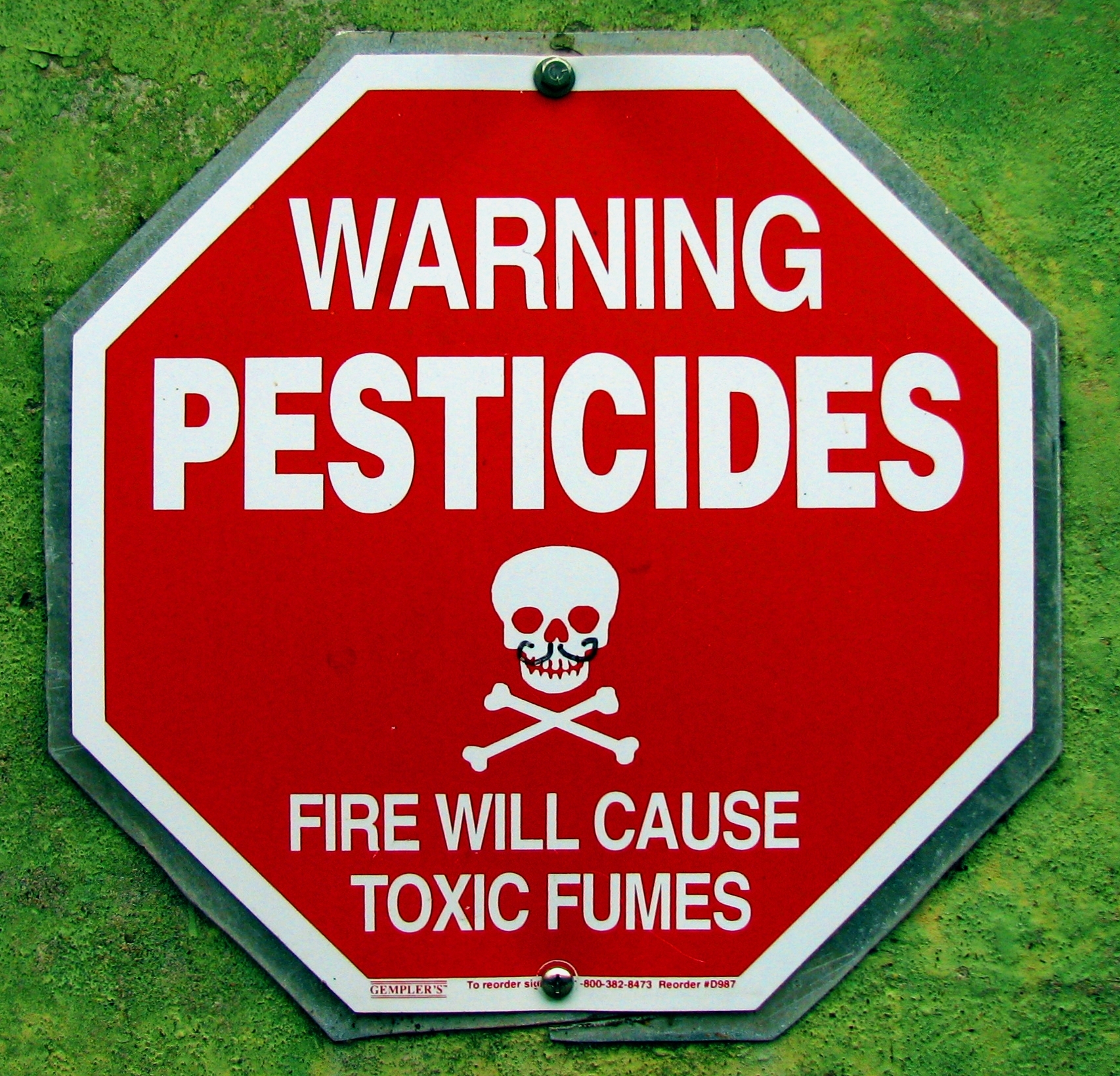Miriam Rotkin-Ellman, Scientist, San Francisco
Parents worry about plenty of things when they send their kids to school: first- day jitters, making friends, bullying … But exposure to toxic chemicals isn’t usually on the list of “back to school” worries. Perhaps it should be, though.
Each year thousands of California kids are exposed to a pesticide that can make it harder to learn. In fact, more than 430 schools are in harm’s way, according to data compiled by the California Department of Public Health. These schools are located right next to fields sprayed with chlorpyrifos (try teaching your kids to spell and pronounce that one!) – a pesticide that’s known to be highly toxic to the nervous system and developing brain of kids.
Check out the map below to see which counties are hardest hit.
One for the history books?
First developed in the early 1900s and made available around World War II, chlorpyrifos is old chemistry. So why is California – a state known for innovation and cutting-edge technology – still in the grasp of a highly toxic pesticide that’s chemically similar to nerve gases like sarin?
What’s more, although this pesticide is used on many food crops, only a small fraction of growers of each crop are using it – meaning that this old-timey pesticide can be kicked back to the history books.
That’s why communities across California are pushing back and calling for the Department of Pesticide Regulation to protect kids by reducing exposure to chlorpyrifos.
There are reams of studies finding troubling impacts to children, including developmental delays, lower IQ, autism, and behavioral problems – all from exposure to chlorpyrifos and related organophosphate pesticides. Some of these studies found impacts in California kids living in communities where homes, schools, and playgrounds are right next to the fields where this harmful pesticide is sprayed. (My colleague has summarized these health threats here.)
Back in 2001, the impacts of this pesticide on kids led to the ban on this pesticide for home use. But, unfortunately, California kids living, and going to school, next door to fields have been left exposed. For more than 10 years, the Department of Pesticide Regulation has been “re-evaluating” the safety of the use of chlorpyrifos. In the meantime, more than 1 million pounds of it are used every year – continuing to put California kids, in particular, at risk.
Chlorpyrifos-impacted counties
Tulare and Fresno counties top the list for the most use of chlorpyrifos and the most number of schools in harm’s way – with 90 and 69 schools, respectively, located within one-quarter of a mile from where chlorpyrifos is used. In these counties, chlorpyrifos is used to grow alfalfa, oranges, corn (silage), walnuts, grapes, tangerines, almonds, lemons, plums, nectarines, cotton, peaches, and wine grapes.
Stanislaus (57 schools), Monterey (45 schools), and Ventura (44 schools) counties also have many communities at risk because they are located right near fields where chlorpyrifos is sprayed. Additional crops grown with chlorpyrifos in these counties include broccoli, cauliflower, cabbage, radishes, strawberries, and ornamental plants and flowers.
California kids deserve better. Send them to school in a healthy environment and join us in telling California to get rid of dangerous chlorpyrifos exposures.







